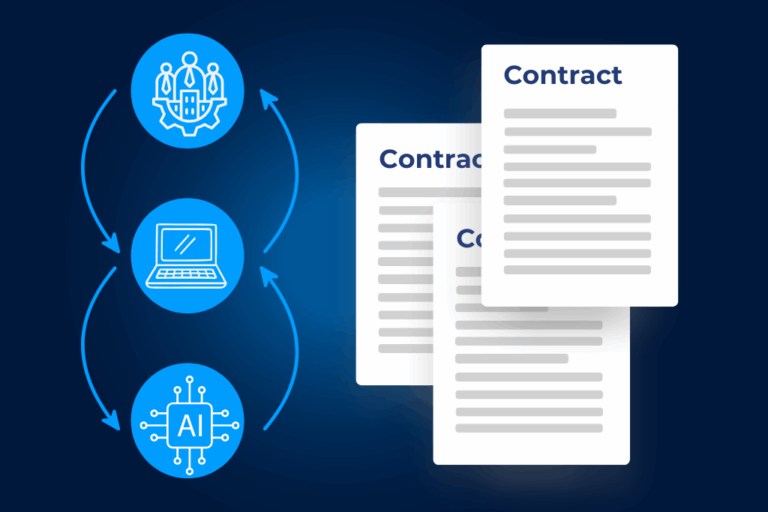Introduction
In the pharmaceutical industry, few areas test patience like SDEA management. Each Safety Data Exchange Agreement involves multiple partners, extensive regulatory conditions, and constant updates. This article recaps DiliTrust’s white paper on the topic, How to Properly Set Up Your CLM to Better Manage SDEAs, where it explores how Contract Lifecycle Management (CLM) software can turn that complexity into control.
Why is SDEA management so challenging?
SDEAs form the foundation of effective pharmacovigilance. They define how safety data is shared between companies, when it is exchanged, and who is accountable when issues arise. Usually, Legal Affairs and Contract Managers have a lot on their plate, not only because of the volume of contracts to review but also because of the constant changes whether internal or regulatory. Managing them manually introduces unnecessary risk and inefficiency.
These are some of the most recurring challenges that make SDEA management difficult:
Regulatory complexity: Each country enforces its own pharmacovigilance regulations. Aligning SDEAs with multiple legal frameworks demands constant interpretation and cross-referencing, which slows down compliance work and increases the risk of inconsistency.
Frequent updates: Drug safety regulations evolve rapidly. Every change can trigger a cascade of contract revisions, making it hard for legal teams to ensure every agreement reflects the most current standards. Automation and digitalization become key in this aspect to prevent mistakes and errors, and detect risks before they become problems.
Sensitive data: SDEAs involve the exchange of confidential safety data, clinical results, and patient information. A single mishandled document can lead to serious legal and reputational consequences, which makes secure data handling essential but difficult to maintain at scale.
Multi-party coordination: Pharmaceutical companies, marketing authorization holders, and service providers must all collaborate on the same timelines. Manual or fragmented contract management does not enable a centralized visibility. It creates communication breakdowns and version confusion can delay reporting and create compliance gaps.
Overwhelming volume of safety data: While data management challenges exist across industries, the pharmaceutical sector faces a unique scale and complexity. Every product, molecule, and partnership produces layers of safety documentation and legal agreements. Monitoring each clause, obligation, and amendment manually quickly becomes unsustainable without the right tools.
Fortunately, each of these challenges can be addressed with the right technology partner.
How CLMs transform SDEA management
CLM platforms give Legal Affairs and Contract Managers what they’ve long needed: a structured, centralized way to manage contracts efficiently. Instead of dealing with files across inboxes and local drives, everything is centralized in a secure environment. In addition, automation handles repetitive work such as approval workflows, version control, renewal alerts, and compliance tracking.
But the right CLM will do more than acting as a contract repository. It monitors contracts, audits them, and strengthens SDEA management by providing assurance during regulatory inspections. Built-in controls such as role-based access, encryption, and automated audit trails will only strengthen compliance and reduce risk in an industry that cannot afford mistakes.
How to make your CLM work in the pharmaceutical industry
For a deeper dive, explore our white paper. Below are practical examples of how CLM solutions bring the structure and guidance teams need to strengthen SDEA management and ensure compliance:
DiliTrust takes integration further. Its CLM connects directly with entity management tools, creating a connected legal ecosystem that simplifies SDEA processes, reduces manual work, and maintains alignment across systems.
Artificial intelligence for SDEA management
More than a buzzword, AI strengthens the core functions of CLM platforms. DiliTrust’s AI, Lini, reviews contracts, identifies risks such as non-compliant or unclear clauses, and recommends precise corrective language. Its purpose is to anticipate issues before they arise, serving as a digital analyst that ensures every document meets the highest standards of quality, accuracy, and compliance.
Takeaways
Managing SDEAs will always involve complexity, but the right approach can bring greater precision and less friction. When properly configured, a CLM delivers the visibility, consistency, and confidence teams need in an environment where compliance errors carry serious consequences.



